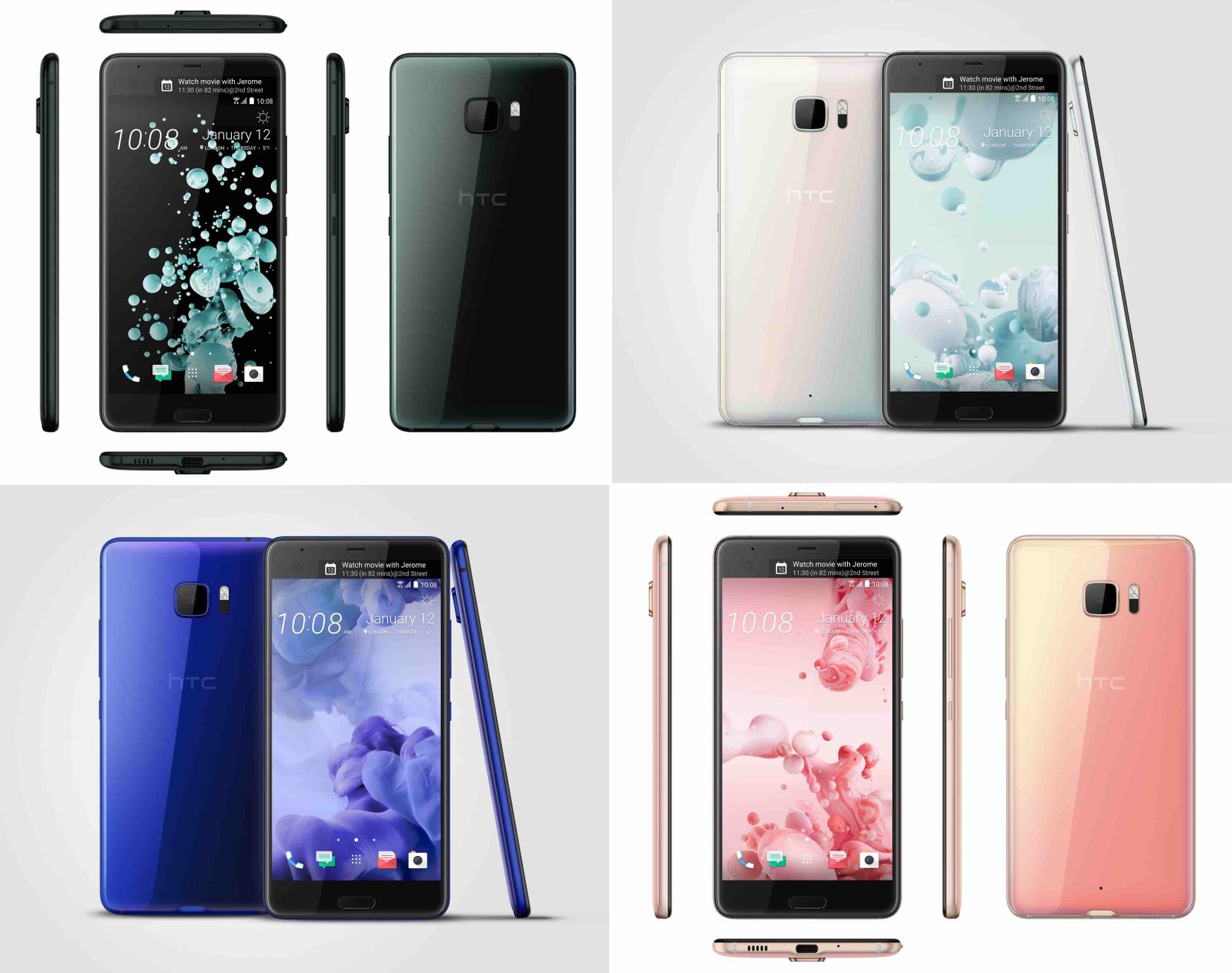HTC has launches two new smartphones – HTC U Ultra and HTC U Play – powered by Artificial Intelligence (AI). The new launch also marks the debut of the new HTC U series, with the HTC U Ultra and HTC U Play as the first devices. The phones were launched through a global launch event, which was live-streamed across the globe.
The new HTC U series smartphones are premium offerings that appear to be positioned just below the HTC One series flagship. With the AI-powered Sense Companion, the new HTC U Ultra and HTC U Play is said to learn from and adapt to the users’ behaviour in order to make the experience unique to each user.

With the new HTC U Ultra and HTC U Play, the company is betting big on it’s new AI assistant called Sense Companion, which it claims will learn your usage behaviour over time in order to present you with priority notifications and alerts based on people you contact the most. On the HTC U Ultra, the second ‘ticker-style’ display, called the Priority Screen, is where Sense Companion will display important alerts and notifications.
According to HTC, you’ll need to manually perform an initial setup of Sense Companion on the HTC U Ultra and HTC U Play, which involves adding your favourite contacts and apps in order to “train” the AI, after which it’s supposed to automatically manage this for you.
One scenario that was presented to us was that the AI will be able to alert you if your phone needs a charge, depending on your schedule for the day. This way, it could warn you that your phone will not make it through the commute to work or home before you actually set off, if that’s your typical pattern. Sense Companion was developed in-house by HTC, and will work independent of Google’s voice assistant.
Both HTC U Ultra and HTC U Play phones also feature biometric voice recognition, which means you can train them to respond to commands given only by you. The biometric capabilities help authenticate you so you’ll be able to wake the phone from sleep to perform a task, without having to unlock it manually.
The HTC U Ultra has four microphones with an always-listening feature, 3D audio recording and range of around two metres. Both smartphones are said to ship with HTC’s new USonic earphones which feature microphones in the earbuds to map your ear canals to dynamically adapt audio frequencies to each individual’s ear.
Sound can then be customised depending on the type of music you listen to and ambient noise around you. The earphones also support high-resolution audio playback and work over the USB Type-C port. The HTC U Ultra and HTC U Play mark HTC’s move away from metal unibodies for its premium offerings.
The phones now feature a 3D contoured glass design, which HTC refer to as “liquid surface”. The high-gloss design looks amazing, and you have a choice between blue, black, pink and white. The HTC U Ultra features a 5.7-inch Quad HD display and is powered by a Qualcomm Snapdragon 821 SoC, with 4GB of RAM and 64GB of storage which is expandable by up to 2TB.
HTC will also offer a premium version of the HTC U Ultra which will have sapphire glass and 128GB of storage. On the other hand, the HTC U Play has a more palm-friendly 5.2-inch full-HD display and an octa-core MediaTek Helio P10 SoC, plus either 3GB or 4GB of RAM and either 32GB or 64GB of in-built storage.
These phones’ cameras are also going to be important selling points. The HTC U Ultra features a 12-megapixel UltraPixel 2 rear camera with support for OIS, PDAF, laser autofocus, and Auto-HDR. On the front, there’s a 16-megapixel sensor which has the ability to switch to ‘UltraPixel mode’, which according to HTC, is about four times more sensitive to light compared to the standard mode.
The HTC U Play also offers the same trickery for the front camera, but its rear camera has a 16-megapixel sensor with similar features as the HTC U Ultra, minus the laser autofocus.











